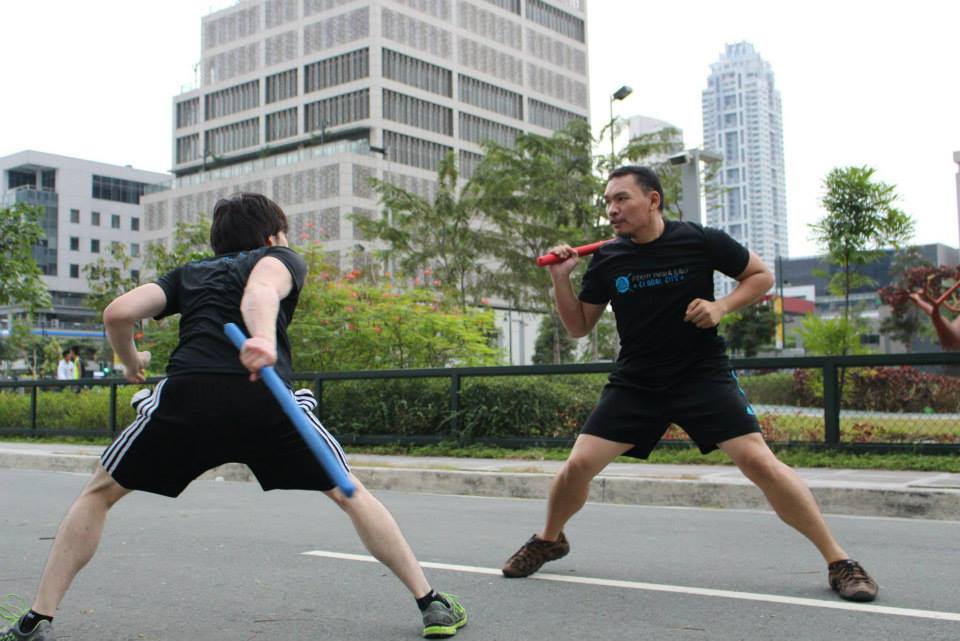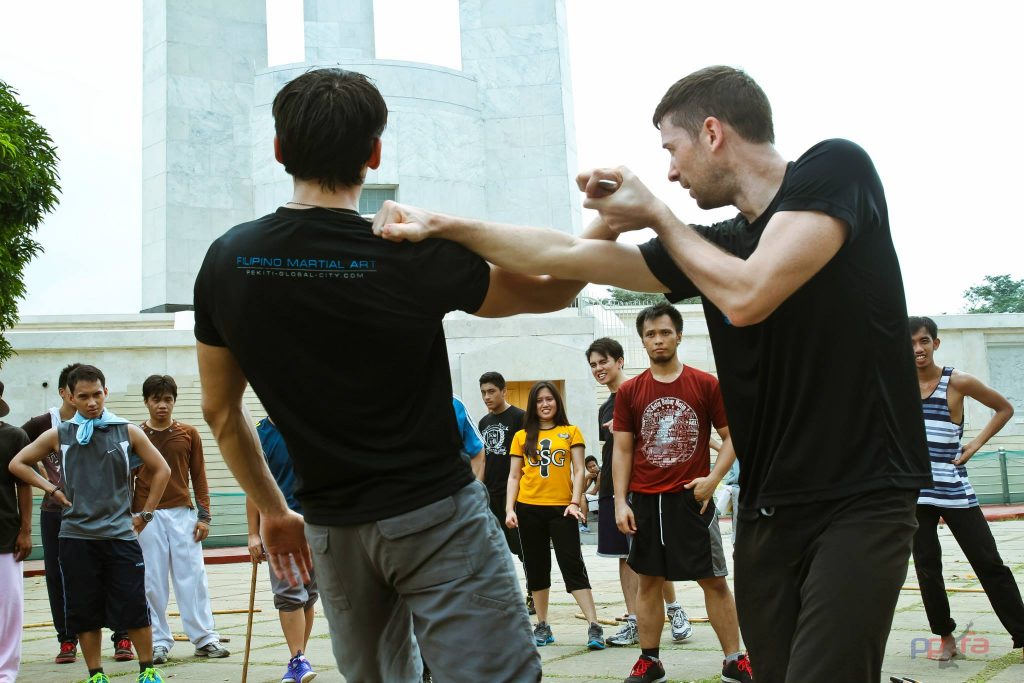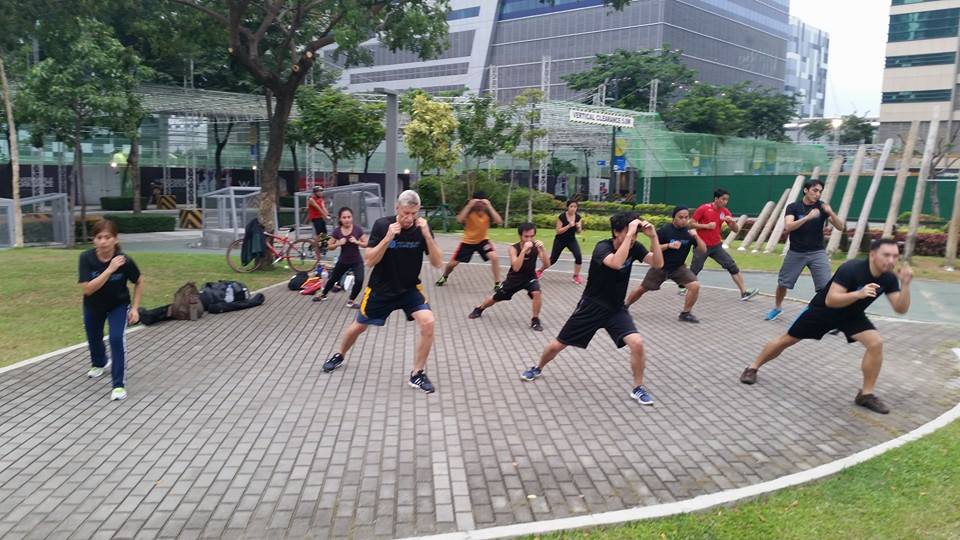Kali: Filipino Fighting Style similar to Arnis or Eskrima
What is the one word that foreigners know more about than Filipinos?
Clue: It starts with the letter K.
Any guess? No? Ok. The answer is Kali.
I’d bet that 2 out 3 persons who read that don’t know what Kali is. The common term known by many folk is Arnis or Eskrima,but Kali is a whole different way of thinking. In particular, it is the family system of Grand Tuhon Leo T. Gaje or GT to his students; called Pekiti Tirsia Kali whose origin dates back to more than 100 years ago in the island of Negros.
Pekiti Tirsia loosely translated means to “cut into small pieces” or “close thirds”. It is a close quarters combat system that takes advantage of the body’s weaknesses by applying geometry and physics. It is a comprehensive system of weapons (solo baston, doble baston, espada y daga, solo daga, daga y daga, malayu sibat, etc.) and knife hands (empty-hand) techniques.
Foreigners know more about Kali than Filipinos do – and for good reason: because many of the surviving family systems that fall under the main umbrella of Filipino Martial Arts are only taught within the family. Yet, at the dawn of the 60’s when the exchange of martial arts between the orient and west became popular in the United States, many of these systems started opening up schools to Americans. It is no surprise that many high ranked and experienced Kali teachers or Tuhons (Master – Chief Instructor) are foreigners.
Back at home, Filipinos adapted other martial arts or combat systems from different nations. These martial arts and combat sports became popular due to the nature of them being premiere Olympic sports like karate, judo, taekwondo, wrestling, and boxing. All the while, the Arnis, Escrima, and Kali schools struggled to take hold of a mass audience. Too violent it seems, and with no practical application in modern times as prejudged by many, the indigenous combat systems of the Philippines lived in the shadows of Japanese, Korean, and American systems.
Well, all that is changing with the popularity of contemporary films like the Bourne Identity, the Hunted, 300, the Book of Eli, and many other Hollywood films that depict movie versions of the different Kali systems, many are now intrigued in learning about what Kali is and finding out its place in modern life. Not only did these movies notice how the Filipino indigenous fighting systems are realistic but also militaries and law enforcement organizations around the world, including our very own Force Recon Marines, and Special Action Forces started training or rediscovering the art of kali.
In Manila, there is a club that offers to teach anyone willing to learn as long as one is not a bonafide criminal or psychopath, the Pekiti Tirsia Kali System in Global City, Taguig. The group is led by Mataas na Guro Christophe Verdot, a French national living in the Philippines learning and teaching Pekiti Tirsia Kali. The class is perfect for after work training. It starts at 8pm and ends at 10pm on Tuesdays and Thursdays at Trion Tower, and from 5pm-7pm on Saturdays at Track 30th.
In the beginning, it was strange to learn a Filipino Combat System from someone with a French accent, but Kali is borderless. Soon enough, you learn the logical principles behind the technique and you get to do them by heart. The day that Kali is no longer a strange word to the Filipino tongue is the day that the Filipino has rediscovered his noble beginnings.
Check out this video for a better idea on what Kali is all about:








